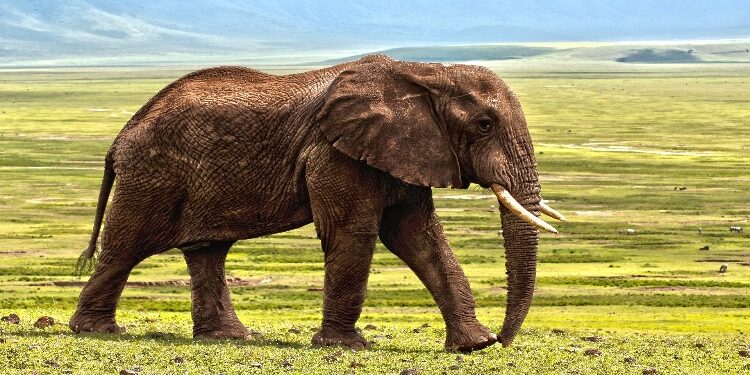How long do elephants live in captivity? It depends on how long ago their mothers were killed. The reproductive rates of elephants vary greatly depending on their location, diet, health, and other factors. The average lifespan is between fifteen and twenty years. However, there are some subspecies that can live up to fifty years in captivity.
Elephants are arguably the oldest known land mammal. Three main species are recognized: the African Bush elephant, the African wild elephant, and the Asian white elephant. Elephantidae is currently the only remaining family of this order; all other relatives have died out.
Mother elephants live for an average of twelve years. They give birth once a year and carry their young to adulthood. After a year or so, the mother will feed the remaining young in a pouch. The pouch will then be abandoned and the young will fend for themselves.
Young elephants remain in the mother’s pouch until they can hunt on their own. After a year, they will leave the area to find a suitable bush or brush to climb on. They will not outgrow the pouch and will not go back to the wild ever.
In most areas, a mother elephant will produce one to three offspring at any one time. These offspring will stay in the mother’s pouches until they are one year old. Then they will go into the bush and begin to reproduce.
The number of baby elephants you see in a day depends on how many females have already been born. There are a couple of different types of the elephant which produce different numbers of baby elephants. One is the Asian Elephant, which is one of the biggest animals on the planet. Their life spans are between eight and ten years. The Central African Elephant is only one to four years old and is native to the areas around the equator.
Elephants have the ability to heal quickly when wounded. This ability comes from their large lungs and rows of strong muscles. It is this structure that makes them great candidates for hunters. It does not matter if they are shot through the leg or through the heart they will quickly recover.
These amazing animals spend most of their lives basking in the sun. They eat a diet of grasses and vegetation which greatly contributes to the high level of protein, they must consume in order to grow. With the high level of nourishment, they receive from grasslands and low protein plants, you can understand how long do elephants live.
In captivity, the male Asian Elephant can be expected to live between eight and ten years. Male American Elephants can range from seven to ten years in age. There are some subspecies that can live as long as twenty years. Most of the elephants worldwide however can only be expected to live for two to three years. Most of the populations of Asian and American Elephants have been stable for hundreds of years. In the past forty years, there has been a slight decline in the number of these species.
There are many rumors and stories surrounding how long do elephants live. One common myth is that it only takes a single bite from an elephant to put an elephant to sleep. This is not true. In fact, once a female elephant gives birth, she may stay pregnant for her entire life. They give birth to up to twelve babies at a time.
Some reports suggest that elephants get tired after about a year of breeding. This may be true, but they also rest during the summer months. During the winter months, they sleep more than they normally do. The animals will usually sleep in a tree stand, high off the ground.
One popular question is how long do elephants live in captivity. Elephants are herd animals. They form bonds with other herd animals and they follow their leader. If the leader is injured or is dead, the other animals will follow.
There are a couple of different species of this animal family. They include the Southern Elephant, which is the most common in the southern part of Africa; The Red Elephant, which is found in the middle of the African continent; The Bush Elephant, which is quite rare; and The Indohhmatic Elephant, which live in the central part of the Serengeti plains in Tanzania. These animals share the same basic requirements for living conditions including access to water, shade, and rough terrain. They are omnivores and eat grass, leaves, insects, seeds, and nuts. The males have larger horns and tusks than the females.






























